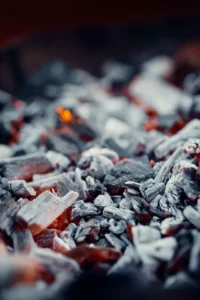What is Steel Carburizing?
Steel carburizing is a thermo-chemical process in which the surface layer of steel is enriched with additional carbon atoms. The steel is heated to high temperatures, allowing carbon to penetrate the material through diffusion. This process changes only the surface composition, while the steel core remains soft and tough.
This process changes only the surface composition, while the steel core remains soft and tough.
Carburizing Methods
There are several methods used to introduce carbon into steel:
- Solid carburizing – using charcoal powder with activators
- Liquid carburizing – with salts such as chlorides and carbonates
- Gas carburizing – with methane or carbon monoxide
- Advanced techniques – fluidized bed carburizing, ion carburizing
All these methods require oxygen-free conditions to ensure proper carbon absorption.
Advantages of Steel Carburizing
The carburizing process improves both the physical and chemical properties of steel. The main benefits include:
- Increased surface hardness
- High wear resistance and reduced abrasion
- Impact resistance despite hardened surface
- Core toughness is preserved
- Possibility to create an extra carbon layer up to 2 mm thick
As a result, the steel combines surface hardness with internal toughness, making it highly durable.
Applications
Carburized steel is widely used in many industries, including:
- Mining industry
- Machinery and equipment manufacturing
- Automotive industry
- Production of gears, chain components, and industrial tools
High-quality alloy steels are most suitable for carburizing, as alloying elements enhance the heat treatment process.
Conclusion
Steel carburizing is an effective method for improving the surface properties of quality steel. It provides a combination of hardness, durability, and toughness, making it essential in industries where materials are exposed to heavy loads and wear.


